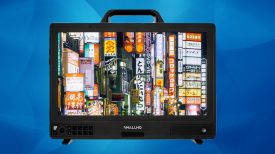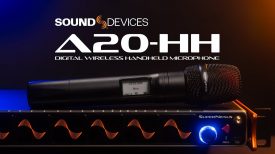Despite announcing the DVF-EL200, a new OLED EVF, the big news from Panasonic and Sony’s broadcast folks preceding NAB had nothing to do with gear. In press conferences one after the other Sunday, both companies emphasized they are refocusing their business on the back end of video production. Panasonic is now calling itself an entertainment company. Sony is focusing on the workflow end of things.
At a pre-NAB press event here in Las Vegas, Sony announced new additions to their ecosystem for HDR and for IP distribution and streaming.
IP is coming
Although the broadcast side of Sony doesn’t have any big blockbuster gear announcements to match last week’s Sony a9 pro stills camera, they’ve been busy with updates to existing equipment. Amid a flood of acronyms and buzzwords, there’s a fundamental change to the broadcast world afoot, away from live over-the-air broadcast and toward IP-based distribution. Sony is concentrating their business on this fundamental change.
HDR is coming
Sony are supporting HDR (high dynamic range) acquisition and workflow throughout their product line. Here’s their description of what they’re doing:
“Sony’s Instant HDR Workflow – designed for lower-scale productions, corporate or event work where delivery time and budgets are factors. The Instant HDR Workflow enables simple shooting, editing and viewing of HDR content in HLG, without the need for color grading. Sony’s compact camcorders – the FS5 and Z150 – both support this workflow using the HLG recording function for easy and instant file-based workflows.
Sony’s “SR Live for HDR” technology enables simultaneous production of 4K HDR and HD SDR using the S-log curve to ensure the highest quality content throughout the entire production process. Sony has been working with every leading sports network in the US and Canada to streamline the SR Live workflow.”
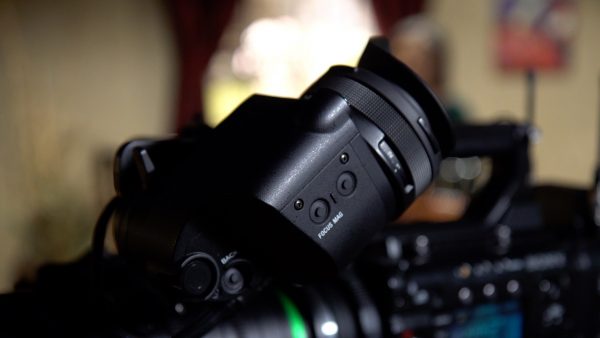
They have new firmware for their F5/F55 too. Version 9.0 firmware for the F5/F55 CineAlta cameras will give new frame rates when the AXS-R7 raw recorder is attached, using new AXS cards. With the raw recorder attached, you can record in their new X-OCN codec, 16-bit “extended tonal range original camera negative,” which promises small file sizes that are claimed to be visually indistinguishable from F55 Raw.
They say they’ve worked with all the major NLE editing programs to support the codec. Also coming is new firmware for the FS5 and Z150 to give higher frame rates, up to 120fps.
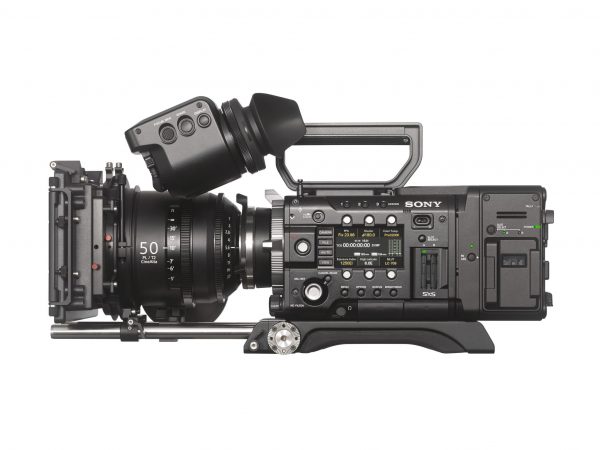
New tech, same cameras
On the hardware side, their new gear announcements are modest. New is an EVF for the F5/F55, the DVF-EL200 Full HD OLED Viewfinder, which is twice as bright as the DVF-EL100, with dust and splash resistance and “cinema industry standard” durability. It will ship in September at comparable price to current viewfinders. Also new is a Thunderbolt 2 card reader for SxS and AXS cards.
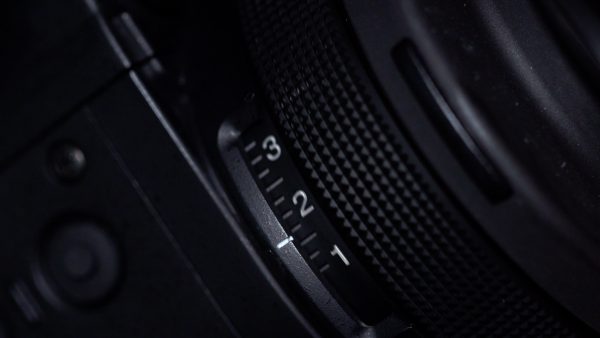
XDCAM in the cloud
Sony also announced XDCAM Air, a cloud-based “comprehensive ENG workflow platform” that provides a system to live stream from both Sony devices and mobile apps, and which provides hooks to and from your newsroom computer system. This is supposed to go live in June 2017. They’re coming out with dongles or devices to livestream from most of Sony’s cameras, ranging from the PXW-X70 on up through the PXW-X500.
Back to the backend
Sony is focusing their business model on the backend of video production, with lots of enhancements for file management and archiving, as well as for IP-based distribution. Although little is of interest to solo camera operators, it’s all part of a radical shift away from traditional TV broadcast to file-based infrastructure. How all this will play with the rest of the world remains to be seen.
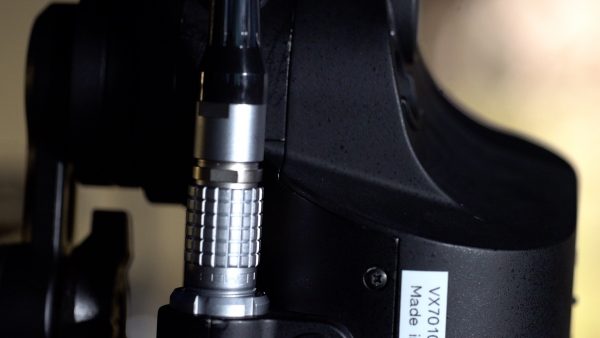
Evolution not revolution
Sony has been reserved in their announcements lately and much of their product line has been out for a while. But they seem to be doing things right, with incremental improvements to existing equipment and new features through firmware updates. If the proof is in the pudding, Sony’s announcements were shown on a huge 8K backlit screen that offered a stunning image and deep blacks. HDR images shot on F65 cameras jumped off the screen and were amazing for their color and dynamic range – the best I’ve ever seen.



